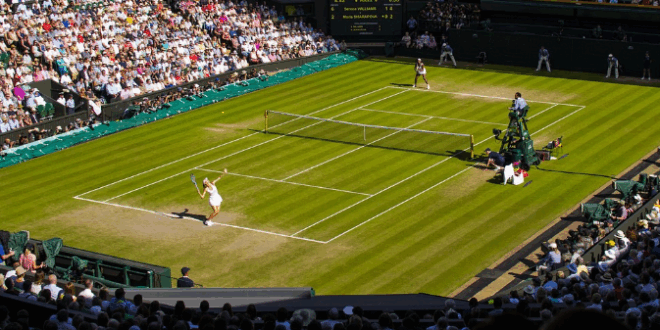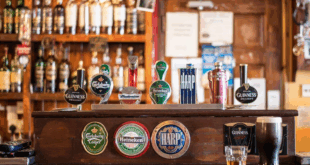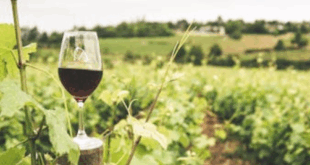Few things capture the essence of a British summer quite like the Wimbledon Championships, accompanied by glasses of Pimm’s and bowls of strawberries and cream. These three elements—sport, drink, and dessert—have become inextricably linked in the national consciousness, forming a ritual that dates back more than a century.
But how did they become such a beloved trio? Let’s take a look at the rich history behind each.
The History of Wimbledon: The Oldest Tennis Tournament in the World
Founded in 1877, Wimbledon is the oldest and most prestigious tennis tournament on Earth. Held at the All England Lawn Tennis and Croquet Club in southwest London, it began as a gentlemen’s singles event with just 22 competitors.
Key milestones:
- 1884: Ladies’ singles and men’s doubles added.
- 1922: The tournament moved to its current location on Church Road.
- 1967: Became the first tennis tournament to be broadcast in colour.
- 2009: A retractable roof was installed on Centre Court, helping to battle Britain’s famously unpredictable weather.
Wimbledon is known for its tradition and formality—players must wear white, the courts remain grass (unlike other Grand Slams), and the Royal Box continues to host royals and celebrities each year.
Strawberries and Cream: A Royal Favourite Turned Tennis Staple
Strawberries and cream have been associated with Wimbledon since the first tournament in 1877.
Origins:
The combination dates even further back—to Tudor England, where Thomas Wolsey, a close aide to King Henry VIII, is credited with popularising the dish in the 1500s. It was a simple luxury: fresh, seasonal fruit and indulgent dairy.
By the late 19th century, strawberries were in season during Wimbledon, and the venue began serving them to spectators. The cool, fresh treat quickly became a tradition.
Today:
- Wimbledon sells over 190,000 servings of strawberries and cream during the tournament.
- Only Grade 1 Kent strawberries are used, freshly picked each morning and delivered to the grounds by 5 a.m.
Pimm’s: The Quintessential British Summer Cocktail
No Wimbledon experience is complete without a glass of Pimm’s No. 1 Cup—a fruity, herbaceous cocktail that’s become synonymous with British sunshine.
Origins:
Pimm’s was invented in 1840 by James Pimm, the owner of a London oyster bar. Originally marketed as a digestive tonic, it combined gin, herbs, and fruit to aid digestion.
The “No. 1 Cup” became so popular that it evolved into a bottled liqueur. By the early 20th century, it had become a staple of British upper-class garden parties and summer events.
At Wimbledon:
Pimm’s has been served at Wimbledon since the 1970s and is now the official drink of the tournament.
- Each year, over 275,000 glasses of Pimm’s are consumed during the Championships.
The classic Pimm’s Cup is made with:
- Pimm’s No. 1
- Lemonade
- Fresh mint, orange, cucumber, and strawberries
It’s refreshing, low in alcohol, and perfect for sipping courtside—or from your own garden.
A British Summer Trifecta
Together, Wimbledon, strawberries and cream, and Pimm’s have created one of the most beloved traditions in British culture. They’re more than just a sporting event, a dessert, and a drink—they’re a celebration of British identity, leisure, and a long-awaited glimpse of sunshine.
Whether you’re watching from Centre Court or your living room, raising a glass of Pimm’s and indulging in strawberries and cream is as much a part of the Wimbledon experience as the tennis itself.
From Tudor kitchens to global sporting stages, these icons of summer remain refreshingly timeless.
 Vino-Club For Wine Lovers
Vino-Club For Wine Lovers






